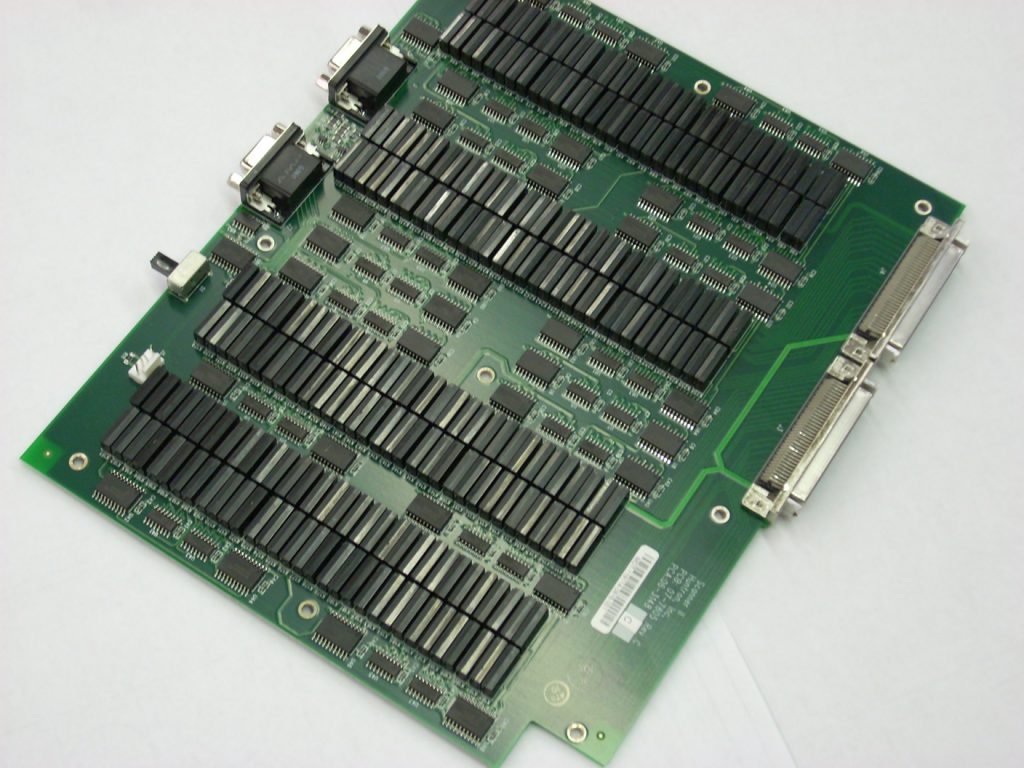
3 MIN. READ
Printed circuit boards (PCBs) were invented over 80 years ago, yet they continue to evolve. These developing PCB trends are specifically tailored to address demands in the current market. Customers now expect electronic devices to be smaller, less expensive and more adaptable.
Here are four developing trends in PCBs to satisfy these market demands:
Flexible PCBs
Some of the most highly anticipated consumer products are flexible electronic devices such as:
- Rollable TVs
- Foldable mobile phones
- Wearable fitness monitors
- Implantable medical devices
These devices have driven the massive growth in the market for flexible printed circuit boards. PCBs can flex in three different ways:
- Flexible PCBs use a flexible substrate made from polymers like polyimide and polyethylene terephthalate. The entire PCB can flex, which can complicate the design since every circuit must be designed to withstand mechanical stresses.
- Rigid-flex PCBs use rigid PCBs connected with flexible circuits. These are simpler to design than pure flexible PCBs because the rigid sections can protect circuits that can be damaged by flexing.
- High Density Interconnect (HDI) flexible PCBs use thinner, more flexible material but provide performance superior to rigid PCBs by using microvias and tightly packed components.
Biodegradable PCBs
PCBs have also evolved to address safety and environmental concerns. For example, solder containing lead was almost universal before manufacturers began moving away from lead solder in the early 2000s due to governmental restrictions.
With the amount of e-waste produced every year, manufacturers and environmental groups have raised concerns about the heavy metals and other dangerous chemicals used in PCB assemblies.
One area of research involves replacing the epoxy resin of PCB substrates with a biodegradable material. While no commercial products have reached the market, research projects using plant-based cellulose fibers to manufacture PCBs hold some promise.
3-D printed PCBs
3-D printing has become an indispensable tool for both prototyping and producing goods. This relatively fast and inexpensive process is now being applied to PCB design and manufacturing.
In fact, 3-D printed PCBs are part of a broader movement toward 3-D printed electronics in which the substrate and components are produced through a printing process. In conventional PCB assembly, the blank substrate is produced first. Then the electronic components are mounted onto the substrate. 3-D printed electronics collapse those two steps into a single step by printing the substrate and then printing the electronic components onto the substrate.
PCBs with integral cameras
The miniaturization of electronics has been accompanied by the miniaturization of optics. This has allowed cameras, including the lens and imaging chip, to fit onto a PCB. These PCBs can be used for a variety of purposes, such as:
- Medical devices: Imaging for the health care industry can be improved through smaller cameras that can be implanted, guided remotely or swallowed.
- Security: Small cameras and camera electronics enable systems to use more and better quality cameras to monitor for security threats.
- Mobile phones: For good or bad, the near-universal use of cell phone cameras has driven digital cameras to the brink of extinction.
The future of PCBs
Printed circuit boards will continue to evolve as needs develop. However, as PCBs change, the need to maintain quality will remain constant. To learn about our testing products and how they can support your quality assurance program, contact Huntron today.

